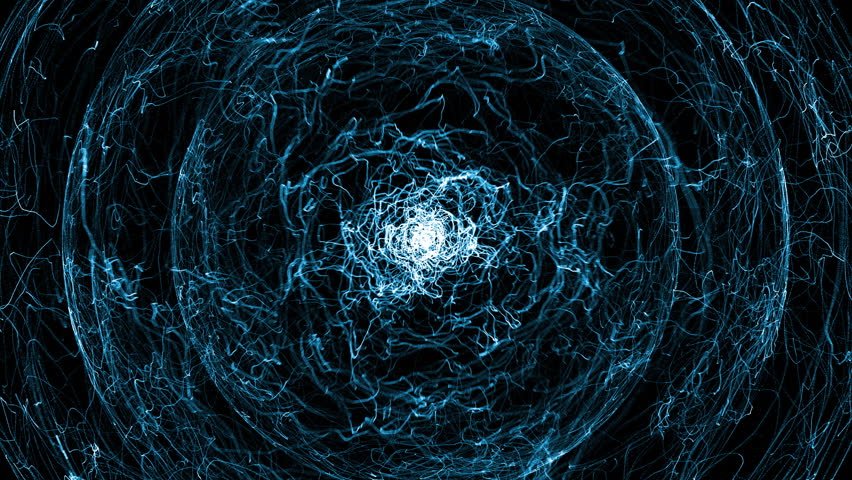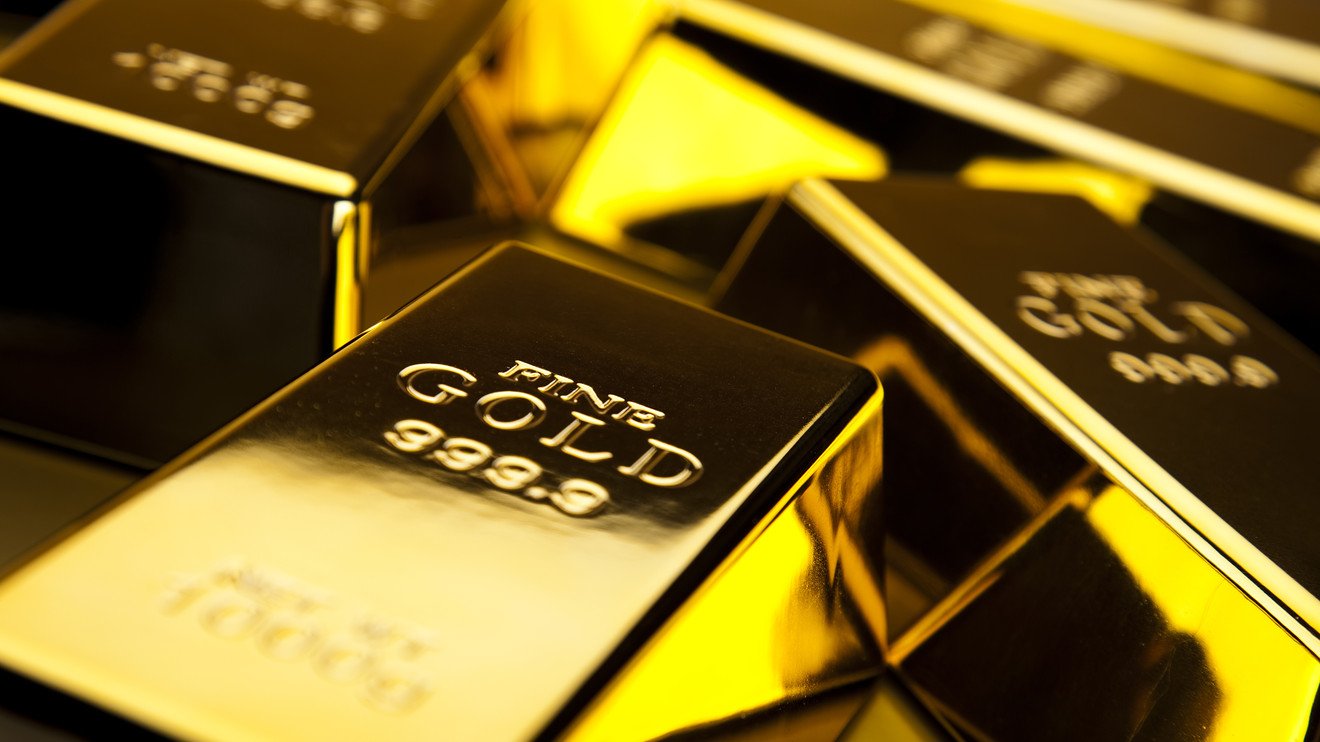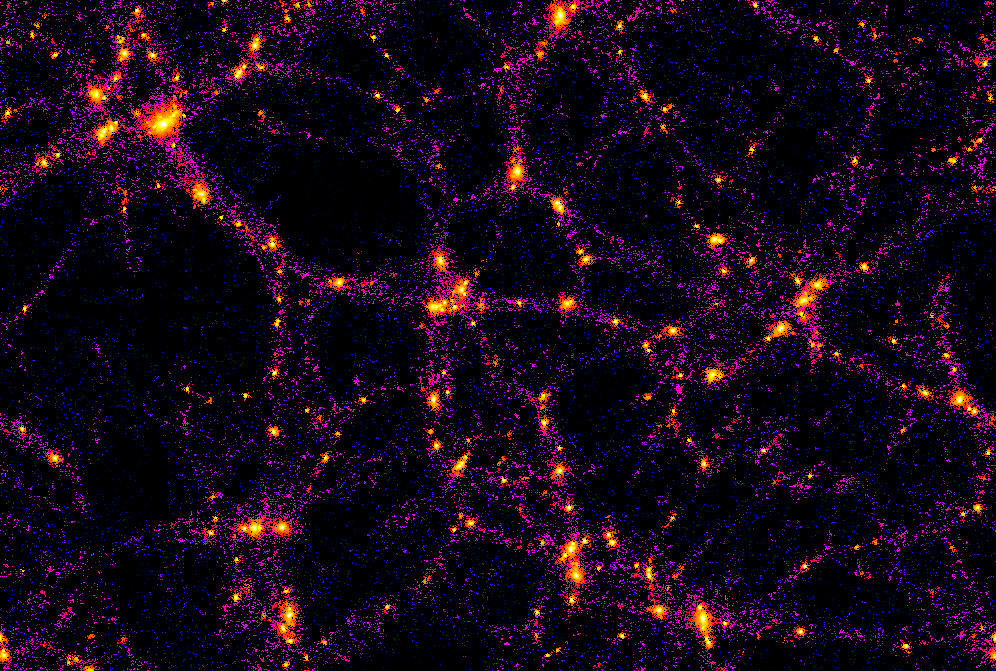Let’s take a banana as an example. We know that this banana is made of molecules – these molecules are made of atoms – these atoms are composed of electrons, neutrons and protons; but what happens when we dig deeper. What makes matter? How are these constituents put together to make different things? At the root of it, why is a banana different to a kitchen table?

Properties of Matter
If we take gold as an example; we find that it is composed of gold atoms. Salt on the other hand, is composed of sodium atoms and chlorine atoms which bond a specific way… to form salt. Gold, sodium and chlorine are examples of elements, but what makes elements different?
Atomic properties
The general breakdown of atoms is a nucleus containing protons and neutrons, with electrons whizzing around this nucleus. Different elements have different atomic structures. This means that for a specific element, you have a specific number of electrons, protons and neutrons.
- The element Oxygen has 8 protons, 8 neutrons and 8 electrons.
- The element Gold has 79 protons, 118 neutrons and 79 electrons.
The periodic table is a table of all elements. Each element in this table have a different number of protons and electrons.
What gives an element its properties?
Different properties arise when atoms have different combinations of protons, neutrons and electrons. These different combinations give rise to different chemical and physical properties.
Chemical properties are predominantly due to the number of electrons in the atom – in simple terms, chemical properties are basically how the atom interacts and bonds with other atoms.
Physical properties arise from the mass of the nucleus, the charge this nucleus holds and the distribution of electrons around it. Physical properties include the density of the material made of this element, its melting and boiling points, how this material feels and anything else you can directly observe. This is why pure Gold is soft and Copper is strong for example, which is all due to different physical properties!

Combining chemical and physical properties…
If we put these two together, we can explain differences in things. Going back to Gold, we can explain how these two properties produce… Gold. The chemical properties of a Gold atom allow for a specific way of bonding with other Gold atoms. On a large scale of millions and billions of Gold atoms bonded together; it becomes big enough for us to see with the naked eye, allowing us to see and study its physical properties (colour, texture, weight, density, etc.).
Again, with salt; sodium’s and chlorine’s chemical properties allow for them to bond in a specific way and on a large scale, these arrangements of atoms form salt – which has its own physical properties such as it being white, brittle, soluble, etc.

The illusion of Matter
Now that we know why matter doesn’t feel and look the same since they are all made of the same thing – it is time to dig deeper into the Quantum world.
What are electrons, protons and neutrons… can they be split further?
Electrons are fundamental particles. This means electrons are made of electrons. It is the most basic building block… of itself. What’s amazing about these electrons, is that they have no dimensions - you cannot measure them, they are infinitesimally small. Protons and Neutrons on the other hand, are made of Quarks. But how do we describe these building blocks?
Imagine you had the perfect microscope – one that could zoom in as much as you wanted it to. If you were to zoom in on a single atom, you would see a tornado like vortex, almost like a cloud. Zoom in more and this ‘cloud’ begins disappearing. In fact, the more you zoom in the less you will see until eventually, you get to the nucleus. Why? This is because the atom is 99.99999999999996% empty space. To put this into perspective; If an atom was the size of the Earth, the nucleus would be the size of just a football stadium.
Keep zooming in and you will begin to see the quarks that make up each proton and neutron within the nucleus. If you zoom into a quark… you will again, see absolutely nothing. Yes, nothing. A physical void. Atoms have literally no physical structure and are made of invisible energy. Everything around us is just energy wave packets clumped up in a certain way to form what you see, including yourself. Crazy, right?

Now, let’s break down a thing. A thing is made of molecules – molecules are made of atoms – atoms are made of electrons and a nucleus – a nucleus is made of protons and neutrons – protons and neutrons are made of quarks – quarks and electrons are made of energy – energy is physically… nothing.
I am going to leave you with a quote that really makes you think:
“Everything that we call real is made of things that we cannot regard as real.”
If you have any questions, leave them below and until next time, take care. MystifactRelevant articles:
Wonders of Quantum Physics: "What Is Light Made Of?" - Episode 1
The Human Race in a Sugar Cube?
Previous articles in case you missed them:
How Do Rainbows Form?
Why Do We Dream?
